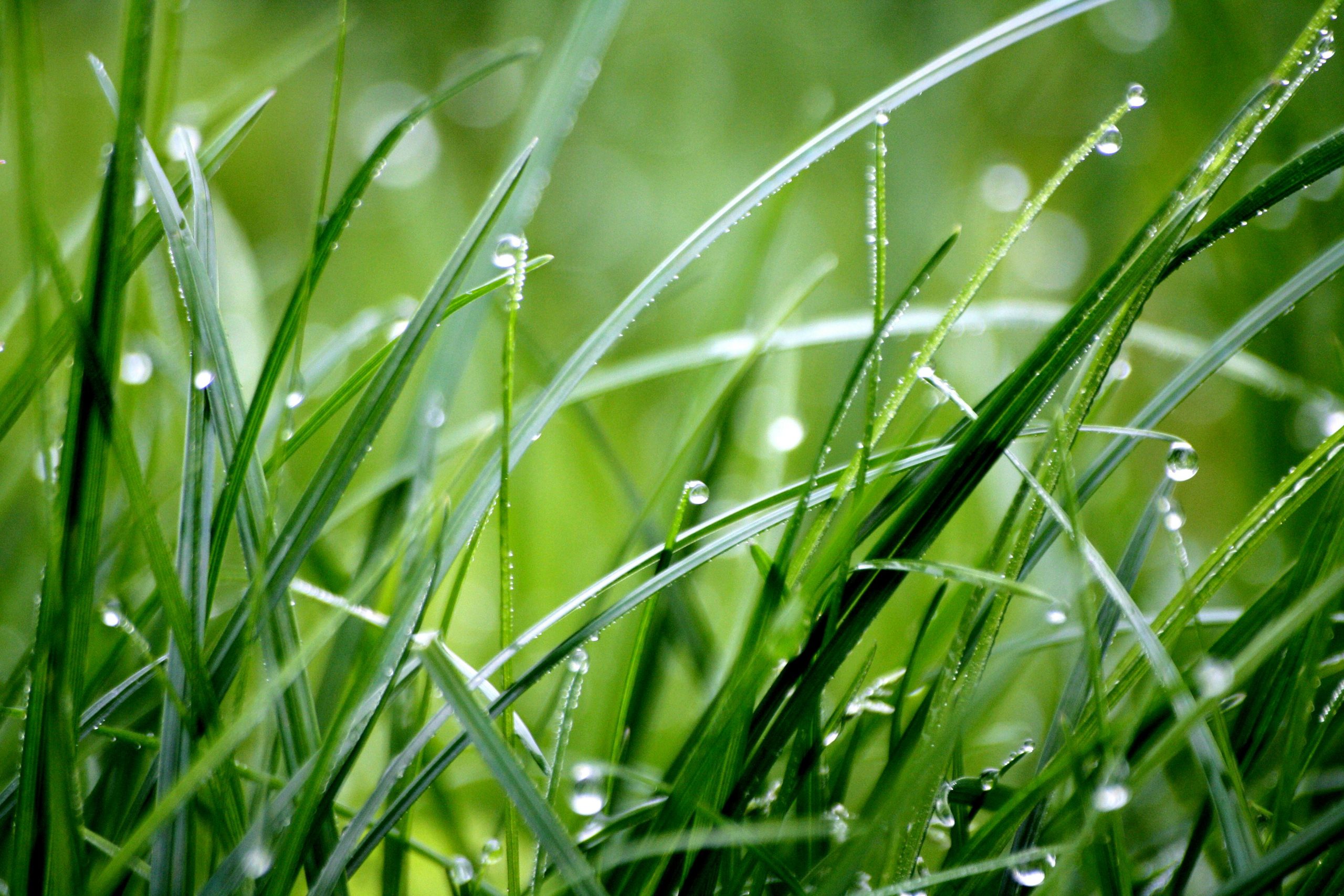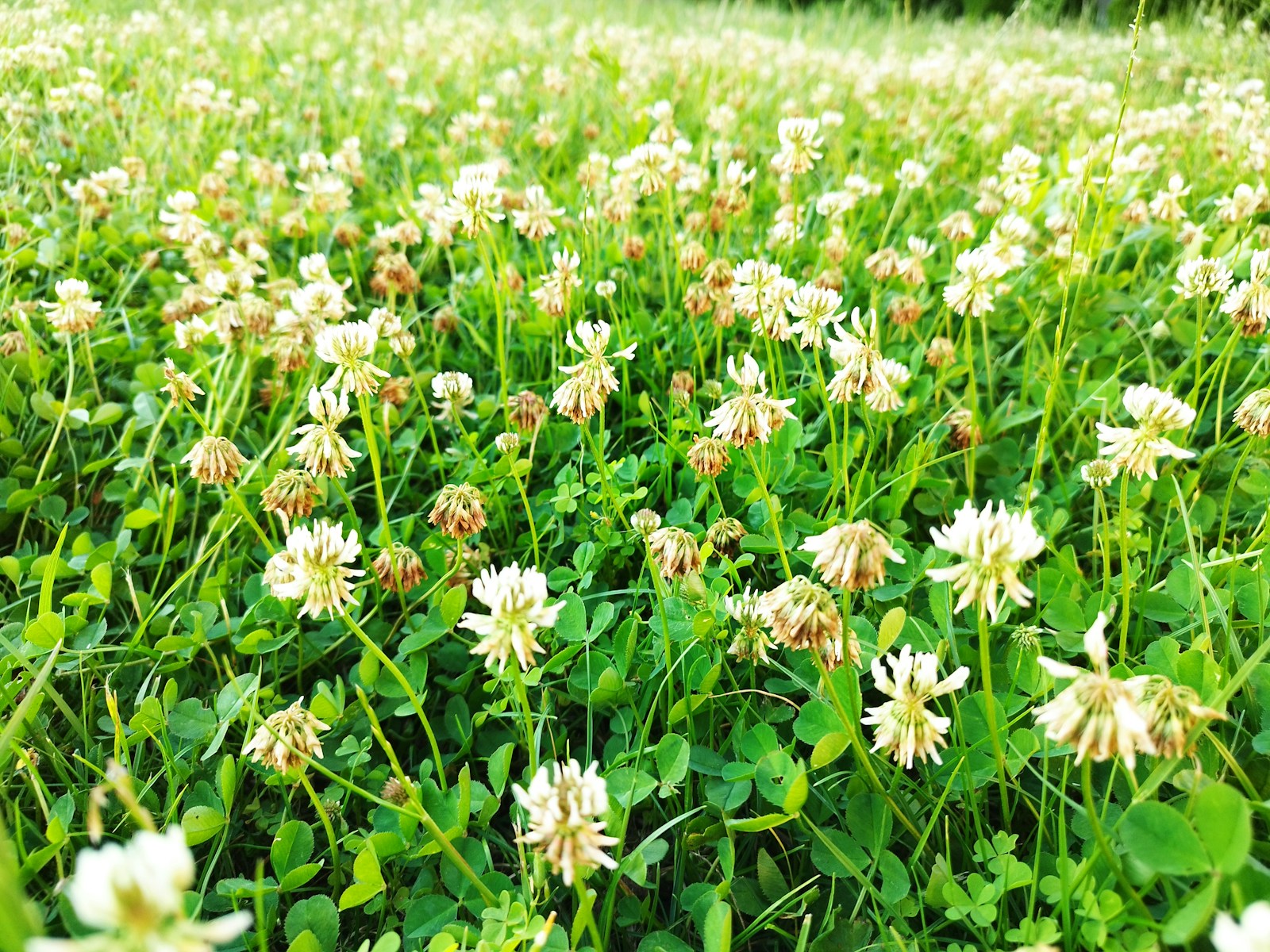Maintaining a lush, healthy lawn in the South isn’t just about watering and mowing. With its warm climate, long growing season, and unique challenges—like weeds, pests, and varying soil types—southern lawns need a tailored care routine. This month-by-month guide will help you master the art of year-round lawn care, so you can enjoy a green, inviting yard no matter the season.
January: Start Fresh
Southern winters may be mild, but your grass still takes a break. Use this downtime to prepare for the upcoming growing season.
- Test Your Soil: Send a soil sample to your local extension office to check for pH imbalances and nutrient deficiencies.
- Sharpen Tools: Sharpen mower blades and service lawn equipment to ensure clean cuts come spring.
- Tackle Weeds: Apply a pre-emergent herbicide to prevent cool-season weeds like chickweed and henbit from taking over.
Tip: Keep an eye out for winter weeds. Hand-pull them on warmer days to give your grass a head start.
February: Early Preparation
As temperatures rise, your lawn begins to stir. It’s time to lay the groundwork for a vibrant spring.
- Rake and Clear Debris: Remove leaves, sticks, and thatch to improve air circulation and allow sunlight to reach the soil.
- Apply Pre-Emergents: Prevent summer weeds like crabgrass by applying a pre-emergent herbicide before the soil warms to 55°F.
- Fertilize Sparingly: If your soil test shows deficiencies, apply a light dose of fertilizer. Avoid over-fertilizing dormant grass.
Personal Note: Growing up in the South, my dad always said, “Treat February like a sneak peek into spring. Prepare now, and you’ll thank yourself later!”
March: Wake Up Your Lawn
Spring is here, and your lawn is ready to shine. This is a crucial month for setting the stage.
- Aerate Compacted Soil: Use a core aerator to break up compacted soil and improve water and nutrient absorption.
- Overseed Bare Spots: Fill in any patchy areas with the appropriate warm-season grass seed.
- Feed Warm-Season Grasses: Apply a balanced fertilizer to Bermuda, Zoysia, or St. Augustine grass as they emerge from dormancy.
Tip: Avoid scalping your lawn by mowing no more than one-third of the grass blade’s height at a time.
April: Strengthen and Protect
Warmer temperatures bring rapid growth, but they also signal the arrival of pests and weeds.
- Apply Post-Emergents: Target any stubborn weeds that escaped your earlier efforts.
- Monitor for Pests: Check for signs of chinch bugs, mole crickets, or grubs and treat with appropriate pest control solutions.
- Water Wisely: Water deeply and infrequently to encourage deep root growth.
Tip: Mow your lawn regularly, keeping the blades sharp to prevent tearing the grass.
May: Embrace Growth
By now, your lawn should be thriving. May is all about maintaining that momentum.
- Fertilize Again: Apply a slow-release fertilizer tailored to your grass type.
- Control Thatch: If your lawn feels spongy, dethatch to improve airflow and nutrient uptake.
- Edge and Trim: Keep edges tidy and address overgrowth around walkways and flower beds.
Personal Note: My neighbor swears by a monthly edging routine. It’s the secret to his yard always looking polished.
June: Beat the Heat
Summer heat is in full swing, and your lawn needs extra care to stay healthy.
- Adjust Mowing Height: Raise your mower blade to provide shade for the soil and reduce water evaporation.
- Stay on Top of Watering: Aim for about 1 inch of water per week, delivered early in the morning.
- Watch for Disease: Look for brown patches or other signs of fungal disease, and treat promptly with fungicide.
July: Maintain and Monitor
July is the peak of summer, and consistent care is critical to keep your lawn green and resilient.
- Spot Treat Weeds: Hand-pull or spot-spray weeds to prevent them from spreading.
- Inspect Sprinklers: Check your irrigation system for leaks or uneven coverage.
- Mulch for Moisture: Add mulch around trees and flower beds to conserve water and reduce heat stress.
Tip: Avoid fertilizing during extreme heat, as it can stress your lawn.
August: Prepare for Transition
As summer winds down, your lawn begins to prepare for the cooler months ahead.
- Aerate Again: Aerate your soil to alleviate compaction from summer activities.
- Start Overseeding: If you have fescue or other cool-season grasses, begin overseeding this month.
- Apply Insecticides: Treat for late-season pests like armyworms and grubs.
September: Fall Focus
Cooler temperatures create ideal conditions for strengthening your lawn.
- Fertilize Cool-Season Grasses: Apply a nitrogen-rich fertilizer to promote root development.
- Continue Watering: Keep your watering schedule consistent, especially if overseeding.
- Reseed Bare Areas: Fill in any remaining patches with seed and cover lightly with straw or mulch.
October: Get Ready for Dormancy
Southern lawns start slowing down, but there’s still plenty to do.
- Lower Mowing Height: Gradually lower your mower to prepare your grass for winter.
- Apply Pre-Emergents: Prevent winter weeds with a pre-emergent herbicide.
- Rake Leaves: Clear fallen leaves regularly to prevent suffocating your grass.
Personal Note: One October, I skipped raking for weeks. The result? A patchy lawn that took months to recover. Lesson learned!
November: Final Preparations
With winter around the corner, it’s time to put your lawn to bed.
- Fertilize Warm-Season Grasses: Apply a potassium-rich fertilizer to strengthen roots for winter.
- Clean Up: Store lawn tools and clean out mower decks to prevent rust.
- Add Mulch: Protect plant roots and insulate soil with a fresh layer of mulch.
December: Rest and Reflect
Your lawn may be dormant, but you can still prepare for next year’s success.
- Plan Ahead: Reflect on what worked well and what didn’t. Adjust your care routine as needed.
- Decorate Safely: Avoid heavy decorations that could damage your grass.
- Enjoy the View: Take pride in your efforts and start dreaming of next year’s lush lawn.
Conclusion
Maintaining a gorgeous southern lawn takes effort, but with a month-by-month plan, it’s entirely manageable. By following these tips, you’ll not only have a lawn that’s the envy of the neighborhood but also one that thrives year-round. Happy mowing!



